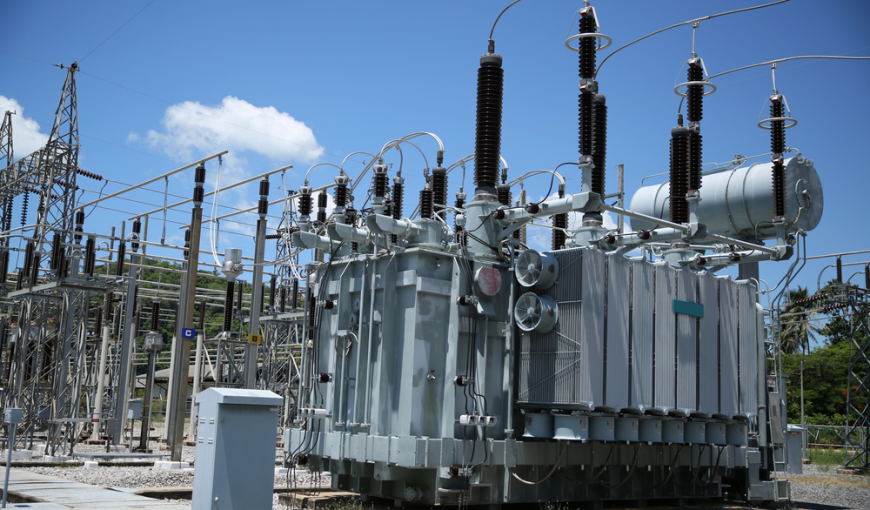The concept of auto transformers and conventional transformers differ from each other in many ways. The most prominent difference between them is their number of windings. On one hand, an auto transformer has only one winding, on the other hand, a conventional transformer has two separate windings. In an auto transformer the primary and secondary windings are linked to each other magnetically and electrically.
Also Read: How To Choose Reliable Auto Transformer Manufacturers for Industries
Here is a list of differences between the auto transformer and conventional transformer
1. The difference in terms of definition
An auto transformer consists of only one winding that plays the role of both primary and secondary winding. In contrast, a conventional transformer is a static machine that sends electrical energy from one end to another keeping the frequency intact.
2. The difference in terms of windings
As mentioned before, in autotransformers primary and secondary windings are linked to each other, whereas in conventional transformers there are two separate windings.
3. The difference in terms of insulation
The primary and secondary windings in a conventional transformer are electrically insulated from each other but in auto transformers the primary and secondary windings are not electrically insulated.
4. The difference in terms of induction
As there is only one winding in an autotransformer it uses self-induction which means that it induces the electromagnetic force in the circuit because of current variation. Unlike auto-transformers, conventional transformers work on the principle of mutual induction.
5. The difference in terms of size
An autotransformer is smaller in size than a conventional transformer.
6. The difference in terms of price and efficiency
A conventional transformer is costlier than an autotransformer. But when it comes to efficiency auto transformers win the game. They are comparatively more efficient than conventional transformers.
7. The difference in terms of power transmission
Both the transformers use different procedures to transfer electrical power from primary to secondary. In an autotransformer electrical power is transferred partially by the transmission process and partially by the direct current. But a conventional transformer transfers electrical power with the help of electric transformation which also results in power loss.
8. The difference in terms of application
When it comes to an application the autotransformers play the role of a voltage regulator in laboratories, in railway stations, and in induction motors, they are used as a stator, etc. On the other hand, the application of conventional transformers is seen in the power grid to step up and step down the voltage.
Other differences include
- The leakage flux and resistance of an auto-transformer are lower as it has only one winding but it is high in a conventional transformer.
- A conventional transformer possesses high impedance and an autotransformer has comparatively less impedance.
- The output voltage remains constant in conventional transformers whereas it varies in the case of auto transformers
In spite of having the above-mentioned differences, the auto transformer Canada and the conventional transformers have some similarities as well. These similarities include
- They both follow the principle of electromagnetic induction
- They both use copper conductor for making windings
- The cores of both auto and conventional transformers are built with CRGO steel
- The primary and the secondary of these two types of transformers are magnetically linked with each other.








